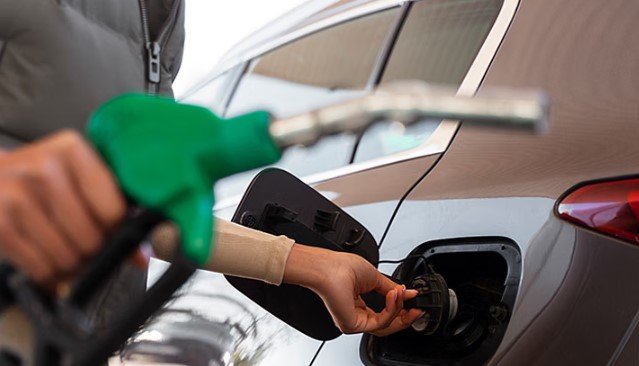New Delhi, 20/12/2024: In a notable development in global energy trade, India has significantly redirected its motor fuel exports toward Asian markets in recent months, reflecting a major shift in global supply dynamics. Data from commodity analytics provider Vortexa shows that between August and November, Asia’s share of India’s motor fuel exports surged threefold to over 30%, while Europe’s share fell sharply from 20% to just 8%. This change underscores the evolving patterns in international energy trade, shaped by geopolitical events and shifting demand trends.
India’s motor fuel exports, which include automotive diesel fuel and aviation turbine fuel, totaled $6.09 billion in the first half of FY25, representing an 11.76% decline compared to the same period in FY24. This reduction reflects broader shifts in global demand as well as regional supply chain adjustments. Traditionally, Europe had been the dominant recipient of Indian motor fuel exports, especially following Russia’s invasion of Ukraine in February 2022, when European countries sought alternatives to Russian energy supplies. During that period, exports to Europe increased significantly as India became a key supplier of diesel and jet fuel to the continent.
However, recent months have seen a slowdown in European orders, prompting India to diversify its export destinations. Several factors have contributed to this shift. Energy efficiency measures and an increasing share of renewable energy in Europe’s electricity mix have reduced the continent’s dependence on imported motor fuels. According to the European Union, the value of energy product imports fell by 26.4%, while the net mass of imports declined by 10.4% in the first quarter of 2024 compared to the previous year. This reflects a structural change in Europe’s energy consumption patterns, limiting the arbitrage opportunities that previously incentivized large imports from India.
Meanwhile, lower exports from Chinese refineries have opened new opportunities for Indian refiners to expand their presence in Asian markets. With growing demand from Southeast Asia and other regional economies, India has been able to redirect supplies that were previously destined for Europe. Analysts, however, caution that this window may be temporary, as motor fuel exports from the United States are expected to rise under Donald Trump’s administration, which could increase global supply and competition in Asian markets.
Despite India’s and China’s efforts to boost refining capacity and expand exports, the United States remains the leading global exporter of motor fuel, accounting for roughly 16% of total global exports. In 2023, US exports averaged 900,000 barrels per day, setting new records and demonstrating the country’s dominant position in international fuel trade.
It is worth noting that prior to the Ukraine conflict, Europe relied heavily on Indian diesel and jet fuel, with imports nearly doubling in value since February 2022, according to the Centre for Research on Energy and Clean Air (CREA). The recent pivot toward Asia highlights India’s agility in adjusting its export strategy in response to changing geopolitical and market conditions, while also reflecting broader shifts in global energy demand and trade patterns.


